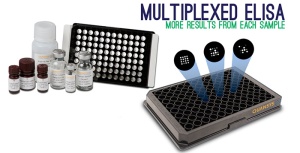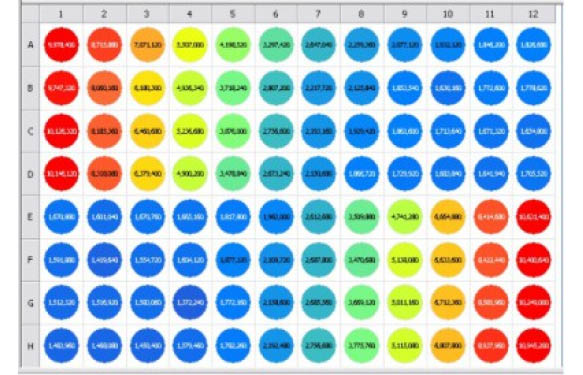Pneumococcus, or scientifically speaking, Streptococcus pneumoniae, is a pathogen responsible for a number of illnesses, including pneumonia, ear infections, sinus infections, meningitis and bacteremia. Some of these illnesses can be life-threatening, and therefore, an early and accurate identification of the pathogen causing them is crucial.
This is specially the case for invasive infections (i.e. when the pathogen invades parts of the body that are normally free from germs), such as bacteremia (invasion of the bloodstream) and meningitis (invasion of the tissues and fluids surrounding the brain and spinal cord). In these cases, the disease can be very severe.
How to detect Pneumococcus?
For non-invasive forms (ear and sinus infection), diagnosis is usually made by a healthcare professional, based on physical exam and clinical history. For invasive forms, however, a laboratory diagnosis is usually needed (1).
Classical techniques include the culturing of the pathogen to enrich it and identify it. Other molecular techniques include PCR, bead-based detection of serotypes, etc.
A meeting of experts in pneumococcal pneumonia in 2011 indicated the needs to focus efforts on proteomics to identify pneumococcus-specific antigens in biological samples (e.g. urine) or host markers in blood expressed during, for example, pneumococcal pneumonia (2).
Pneumococcus serotypes
There are more than 90 pneumococcus serotypes described up to date. Introduction of vaccination programs has meant a decrease in the prevalence of some of them, specially 4, 6B, 9V, 14, 18C, 19F and 23F (present in the 7-valent pneumococcal conjugate vaccine) (3).
Knowledge on the serotype involved in the infection is important as some serotypes are more invasive than others. Also, some serotypes are more prone to antibiotic resistance, so an early identification will help assign the correct treatment for each case.
New methods to detect and quantify Pneumococcus serotypes
A new sandwich-antibody assay has recently been developed by Quansys Biosciences, Inc. (4). This new method was presented at this year’s annual meeting of the Americal Association of Clinical Chemistry.
Briefly, the assay consists of a multiplex ELISA array that evaluates and detects IgG antibody concentrations to 14 pneumococcal polysaccharide (PnPs) serotypes, including 1, 3, 4, 6B, 7F, 8, 9N, 9V, 12F, 14, 18C, 19A, 19F and 23F. The kit also includes CPS positive and negative controls. The complete detection procedure takes around 90 minutes for the 14 serotypes, in a simultaneous way, using only 50 µl of sample per well.
The kit can be of help on designing and/or implementing vaccine programs, aimed at the most prevalent serotypes in a given population. It can also help on epidemiological studies and on studying response to treatment (see note).
Are you working on Pneumococcal infection? Leave your comments here!
References
1.- http://www.cdc.gov/pneumococcal/about/diagnosis-treatment.html
2.- Vernet, G., Saha, S., Satzke, C., Burgess, D. H., Alderson, M., Maisonneuve, J.-F., Beall, B. W., Steinhoff, M. C. and Klugman, K. P. (2011), Laboratory-based diagnosis of pneumococcal pneumonia: state of the art and unmet needs. Clinical Microbiology and Infection, 17: 1–13. doi: 10.1111/j.1469-0691.2011.03496.x.
3.- Richter SS, Heilmann KP, Dohrn CL, Riahi F, Diekema DJ, Doern GV. Pneumococcal serotypes before and after introduction of conjugate vaccines, United States, 1999–2011. Emerg Infect Dis [Internet]. 2013 Jul.http://dx.doi.org/10.3201/eid1907.121830.
4.- http://www.quansysbio.com/press-release-quansys-pneumococcal.
Note: please note this is a RUO kit. A diagnostic decision cannot be made based solely on the results from this kit. Any medical decision should be based on the knowledge of a healthcare professional.




